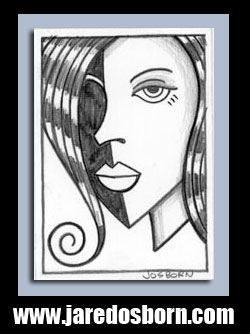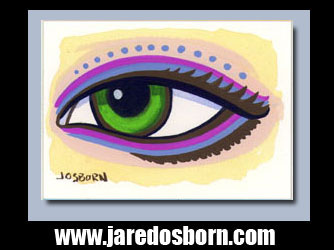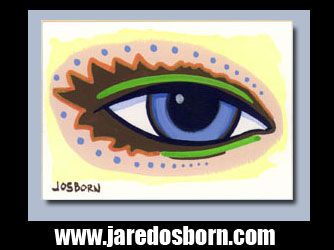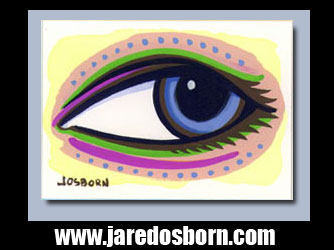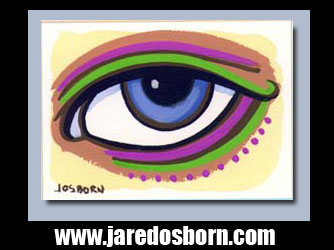I’m taking a shoe risk again. Not as much of a risk as I took a couple of years ago but still a risk. The risk is actually in wasting money but is also in pain and foot discomfort. It was in 2009 that instead of buying my usual Rockport shoes I ordered some Skechers. I remembered owning some of them in the 1990s and they were okay. Plus they were a cheaper alternative to the expense of Rockports. Too bad the 2009 Skechers never quite fit right. At first I though it was just new shoe break in time but it wasn’t. I struggled with those Skechers for months before abandoning them and buying my usual Rockports.
So why didn’t I buy my usual Rockports this time you ask? I don’t know. I think I’m just bored with them. And I alway hate spending ninety bucks on a pair of shoes. I could get some really cool comics or art supplies for that much money. But keeping my feet happy is important in life. Maybe that’s not true for everyone but for me it is.
I’ve been buying the same kind of shoes, one in black and one in brown, for at least a decade. That’s why I’m kinda tired of them. It’s boring buying the same thing over and over. Even if I do like them. The problem is that they’re really good shoes. I stand all day and good shoes make it easier on my legs and back. Good shoes can be the difference between back pain and no back pain. I prefer no back pain. Good shoes are hard to find. The Skechers certainly didn’t do the job. At least I know that the different type Rockports I bought will fit. Rockports come in the extra wide size that I need.
The new Rockports I bought are walking shoes. My usual Rockports are just regular shoes. I’m not sure what the conceptual differences are between the two. Of the new walking shoes one pair looks like regular shoes and the other pair looks more like sneakers. I’m a little worried about the sneaker-like pair since sneakers are no good for standing all day in but I need a new pair of sneakers anyway. Or maybe they’re good for walking in? I like to go out for walks so we’ll see.
I’ve never bought a pair of the sneaker-like hiking boots. I know people who like them but they don’t seem any different than sneakers to me. Except that they come in earth colors. I haven’t owned any hiking boots in years so it really doesn’t matter but I figure that if I ever need some I’ll get ones that don’t look like sneakers. I already have a pair of sneakers.
My worst new shoe experience was way back in the early 1990s. It had nothing to do with the shoes but had to do with being caught in the rain. I bought one pair of shoes a year back then. I was a young man without a lot cash in hand and I certainly didn’t want to spend whatever dough I did have on shoes. I had just purchased a pair for probably about $80 when about a week later I got caught in the rain. A huge down pour. I had been caught in the rain before but this time, for whatever reason, my shoes didn’t dry correctly. Mold or something grew in them. I’m no expert on plant life living in shoes but something was wrong.
I couldn’t see the mold but I could smell it. The shoes were nearly brand new and I didn’t want to spend even more money to replace them. I ended up cleaning the insides of the shoes with bleach. I figured that was the meanest liquid I could get my hands on so maybe it would do the job. It worked but only temporarily. The smell would always come back and I’d have to clean the shoes out with bleach once a month or so. That was an annoying pair of shoes. I’ve gotten plenty of pairs of shoes, boots, and sneakers wet before and after that but I’d never had mold (or whatever) grow in them. I wonder what that was about?
The other stuff I bought this week are two new round corner punches. They are no where near as important or expensive as shoes but they’re worth a mention. A round corner round punch is a little gizmo that makes a round cut on any square corner you stick in it. When I make my small baseball card-sized art cards I prefer that their corners are round. I like the way it looks better. It makes the cards look fancy.
I’ve been using a Marvy brand round corner punch but it has gotten dull. After that happens there is more mashing of the corners than cutting going on. Bad scene. That was my second Marvy round corner punch and I was up for trying a couple of new brands. It turns out the the X-Acto corner rounder I bought is nearly the same design. It’s just a little wider. Not the corner puncher itself but the holder/base.
The problem with the Marvy and X-Acto brand ones are that they hurt my hand to use. A button has to be pressed in order to cut the corner and it takes a bit of force to press that button down. Especially if I’m cutting the corners of my cards that have been laminated. My solution to this is to use a small four by six inch piece of wood grasped in the palm of my hand to press the button. I can roll it across the button and get a little leverage. I wouldn’t recommend using the Marvy or X-Acto round corner punches without such a piece of wood. Otherwise it would be too rough on a thumb or the palm of a hand.
The winning corner rounder, at least so far, is the new Fiskar one that I just bought. Its design is totally different than the other two. At eleven dollars it is also the most expensive. The X-Acto one was seven dollars and, I think, the Marvy one was five or six dollars. The Fiskar one actually uses some leverage so that the button/lever is easy to push. I don’t need a piece of wood with this one even when cutting through laminated paper. I’ve only used it a little bit so I don’t know how rugged it is but if the Marvy is any indication the blades will dull before anything breaks on it. Once the blades are dull it need to be replaced.
So much for this week’s excitement. I wonder what lies in the future?
